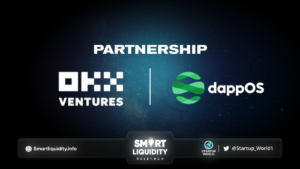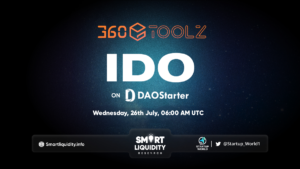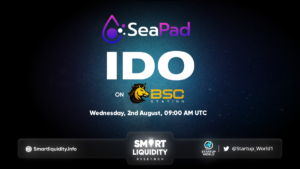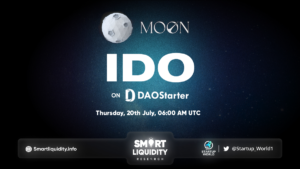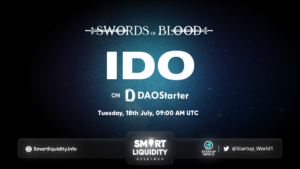Ocean Protocol is now set-up to Binance Smart Chain
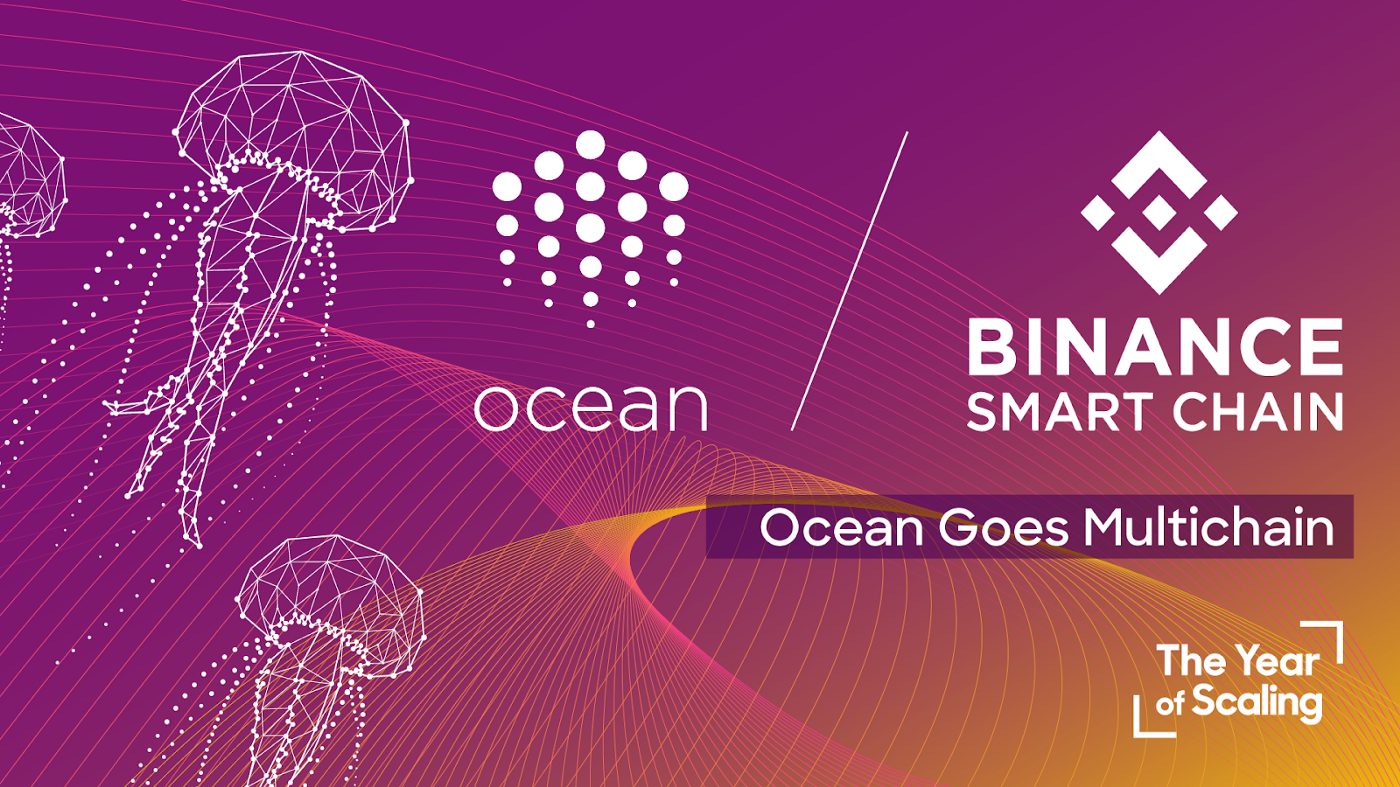

As part of Ocean’s multi-chain strategy, they have deployed Ocean’s technology to Binance Smart Chain (BSC). BSC has seen wide adoption with over 865 dApps, 700 million transactions, and 82 million unique addresses. BSC focuses on decentralized finance (DeFi) applications and draws on the strengths of Binance.com exchange.
BSC is EVM-compatible, which allows it to run Ethereum smart contracts and use Ethereum-style tokens. It’s a Proof-of-Authority (federated) chain with a small number of nodes, which allows it to have low gas fees and low latency compared to Ethereum mainnet.
With Ocean deployed to BSC, this means:
- Users of Ocean Market can publish, swap, stake, and consume data assets in BSC. They simply point their wallet in MetaMask to BSC, and Ocean Market will show data assets registered in the BSC network.
- Data marketplace builders and other dApp developers can use Ocean libraries (ocean.js, ocean.py) and frontend components (market) with BSC.
- Token holders can move their OCEAN on Ethereum mainnet to OCEAN on BSC, and back using Binance.com or Binance bridge. On Ethereum it follows the ERC-20 standard; the Binance equivalent is BEP-20. Here’s more info on how to bridge.
Ocean components supported in BSC include: Ocean smart contracts, Ocean Market, [BSC] OCEAN smart contract, Provider (for data services), Aquarius (metadata cache), and Ocean Subgraph (The Graph queries). For more details, visit our Supported Networks page.
The Ocean Protocol deployments to Ethereum mainnet and to Polygon (Matic) mainnet, and related services including Ocean Market, will continue as before.
Cross-chain Mental Model
Prior to BSC, Ocean Protocol was deployed on Ethereum mainnet, Polygon (née Matic), Rinkeby, Ropsten, and Ganache. An Ocean Market user could change the network by pointing their wallet (e.g. MetaMask) to a different network, and Ocean Market would show data assets that are on that network. Ocean.js and ocean.py drivers are similar; the dApp developer simply specifies the “network” URL. It’s the same for BSC.
This makes three “production” networks that Ocean is deployed to: Ethereum mainnet, Polygon, and now Binance Smart Chain (BSC).
In each of these networks, tokens on the network have real value associated, so there need to be token bridges across networks. For BSC this is:
- OCEAN on Ethereum mainnet gets bridged across as OCEAN on BSC.
- ETH for gas fees on Ethereum mainnet corresponds to BNB for gas fees on BSC.
New Datasets and Services
People can choose to publish datasets and services in Ethereum, Polygon, or BSC. With Ethereum, there are higher gas fees and confirmation latency, but in exchange, the UX and familiarity of users is high. For BSC, the costs and latency are much lower, though users need to use the [BSC]OCEAN bridged tokens.
Previously Published Datasets/Services
Let’s say a publisher has an existing dataset/service as an Ocean datatoken contract published on Ethereum, along with a pool of sizable liquidity. They shouldn’t just publish a new datatoken contract to BSC for the same dataset/service. This would be highly unfair to their existing datatoken holders and stakers on Ethereum because value in the new token siphons value from the old.
Ideally, there would be bridges for datatokens, just like the bridge for OCEAN. This might seem like it would come out-of-the-box since datatokens follow the ERC20 standard, but alas, it doesn’t work because there are technical “gotchas” related to datatoken metadata and more. These issues are solvable and currently being worked on, but not in time for this release.
In the meantime, we have a pragmatic workaround for publishers and stakers called the Republish Rule. The basic idea is that publishers can republish if there’s sufficiently low liquidity in the original datasets.
Announcement Statements
Binance Smart Chain has been an excellent addition to the EVM ecosystem, considering the prohibitively high gas fees on Ethereum mainnet. Binance Smart Chain has created a top-tier platform for EVM smart contracts and for bridging across chains. We’re excited to deliver yet another milestone on our multi-chain strategy so that Ocean users may benefit from lower gas costs in Ocean Market and other emerging dApps and protocols that use Ocean technology.
– Bruce Pon, Founder at Ocean Protocol
About Ocean Protocol
Ocean Protocol’s mission is to kickstart a Web3 Data Economy that reaches the world, giving power back to data owners and enabling people to capture value from data to better our world.
📰 INFO
https://blog.oceanprotocol.com/oceans-on-binance-smart-chain-6bfe715a492c
